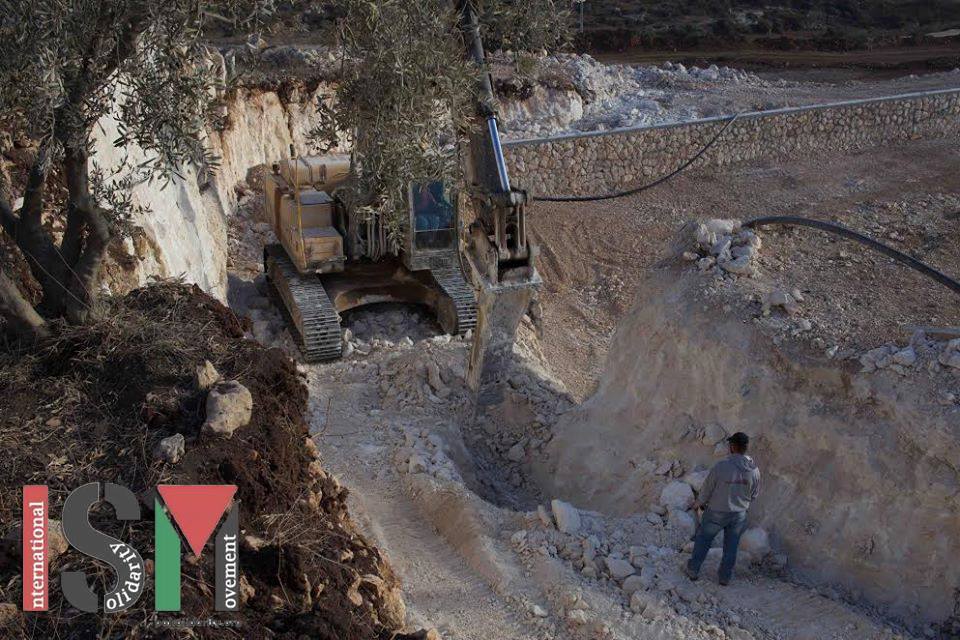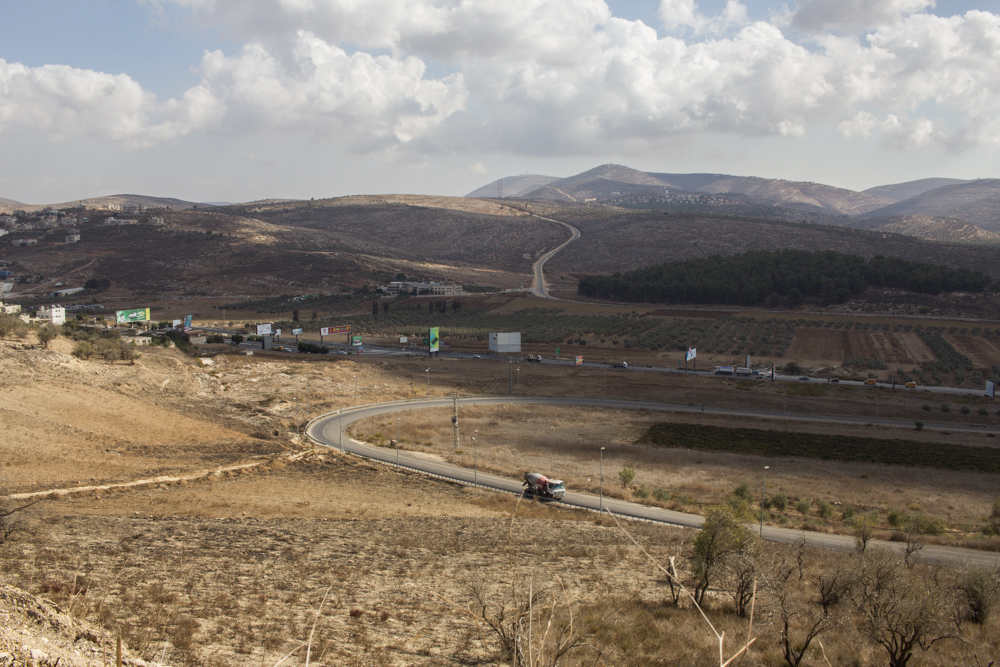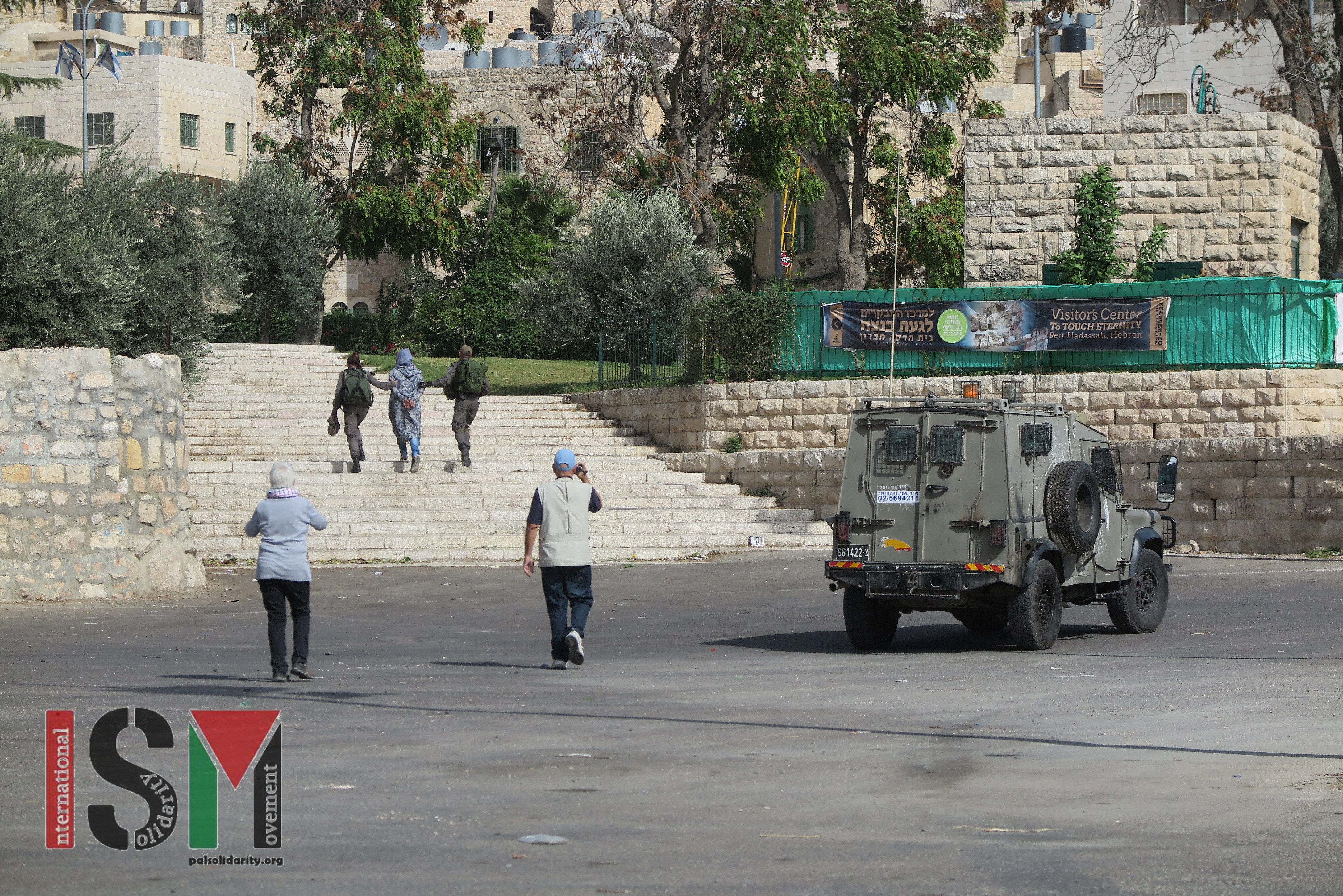Category: Features
-

Olive harvest and Colonialism in expansion in Kafr ad Dik
12th November 2016 | International Solidarity Movement, Huwwara team | Kafr Qalil, occupied Palestine For the past six days, international activists joined a Palestinian farmer, Fares Deek, in the harvest of his olives outside Kafr ad Dik village, located inside Salfit governate. For the past 16 years, the area has been a target of expanding…
-

Olive harvest in Kafr Qalil and protective presence
2nd November 2016 | International Solidarity Movement, Huwwara team | Kafr Qalil, occupied Palestine On 31st October international activists joined a Palestinian farmer and his family in Kafr Qalil to pick their olives. There was no interruption during the harvest this day, but there was a strong sense of pressure that is always present for…
-

Palestinian woman arrested in Al-Khalil accused of carrying a knife
2nd November 2016 | International Solidarity Movement, al-Khalil team | Hebron, occupied Palestine A Palestinian female was arrested on the 1st of November near Qeitun checkpoint accused of carrying a knife. Eyewitnesses described her being ordered to kneel on the ground, open her dress and loosen her hijab in public, before being handcuffed and escorted…
